Green comet zooming our way, last visited 50,000 years ago
A comet is streaking back our way after 50,000 years.
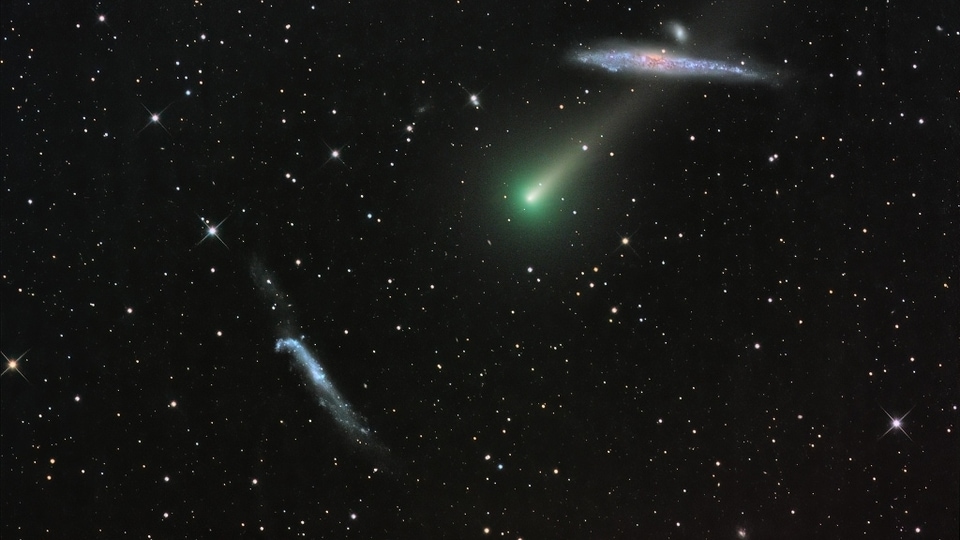
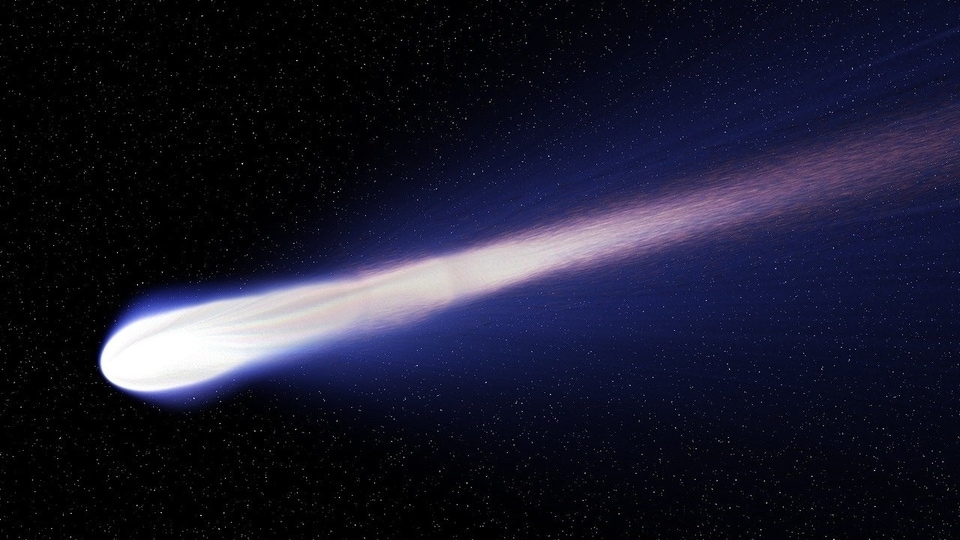
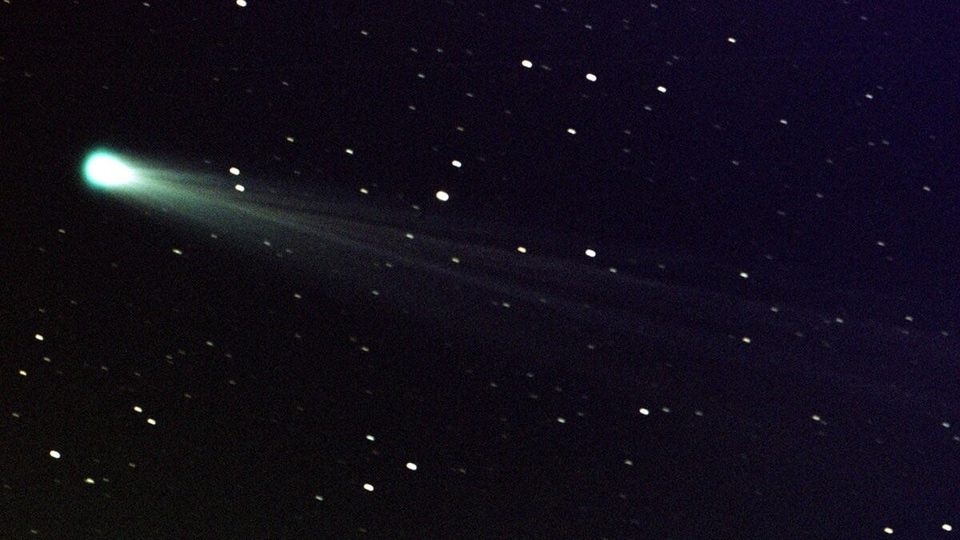
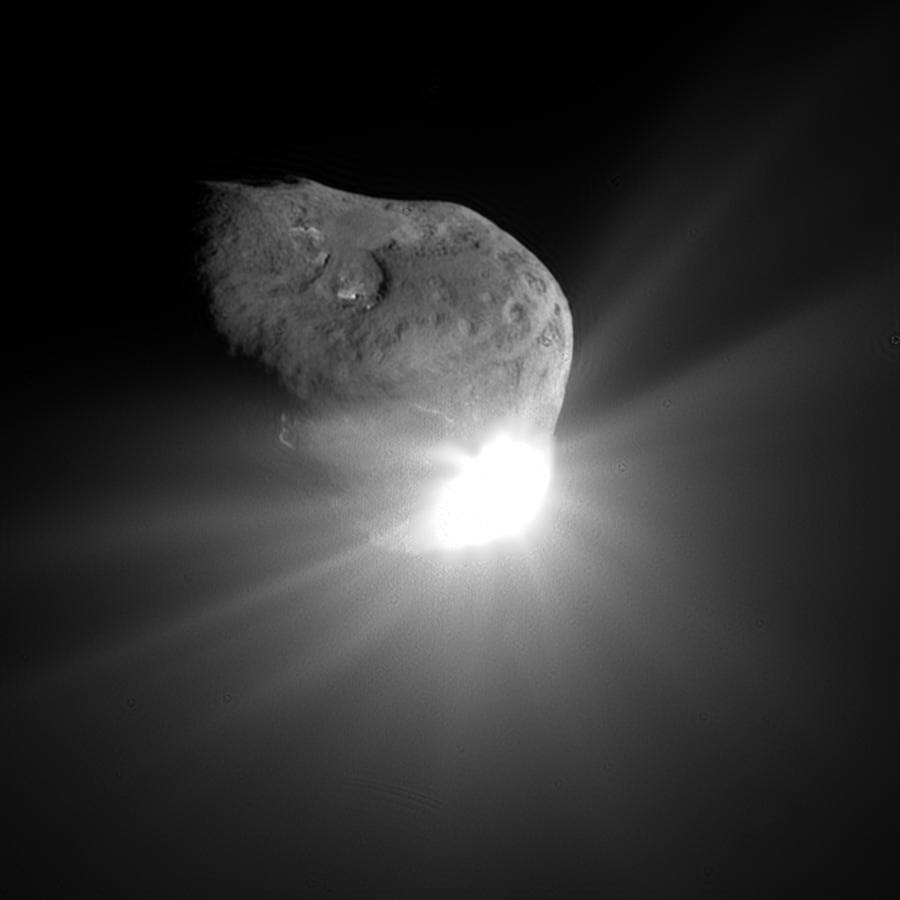
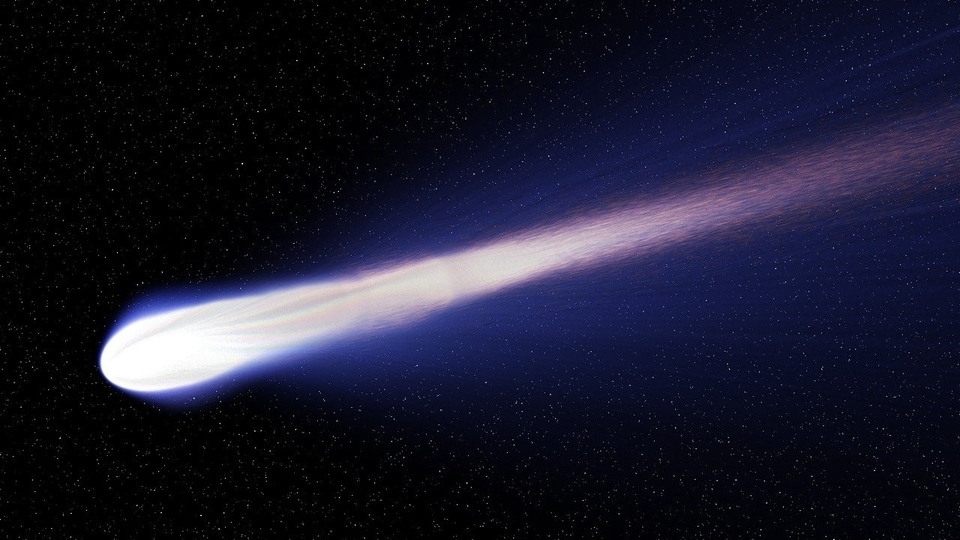
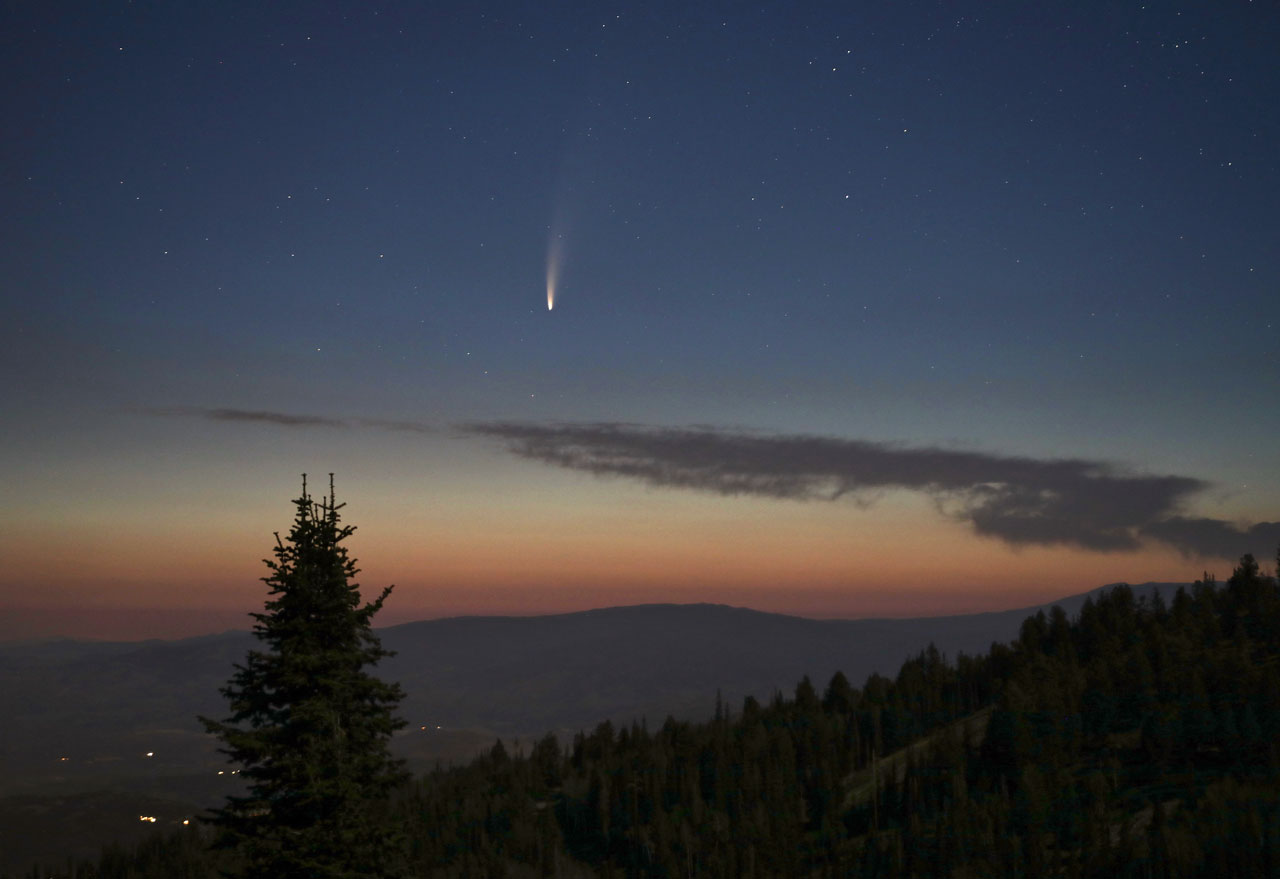

 View all Images
View all ImagesA comet is streaking back our way after 50,000 years.
The dirty snowball last visited during Neanderthal times, according to NASA. It will come within 26 million miles (42 million kilometers) of Earth Wednesday before speeding away again, unlikely to return for millions of years.
So do look up, contrary to the title of the killer-comet movie “Don't Look Up.”
Discovered less than a year ago, this harmless green comet already is visible in the northern night sky with binoculars and small telescopes, and possibly the naked eye in the darkest corners of the Northern Hemisphere. It's expected to brighten as it draws closer and rises higher over the horizon through the end of January, best seen in the predawn hours. By Feb. 10, it will be near Mars, a good landmark.
Skygazers in the Southern Hemisphere will have to wait until next month for a glimpse.
While plenty of comets have graced the sky over the past year, “this one seems probably a little bit bigger and therefore a little bit brighter and it's coming a little bit closer to the Earth's orbit,” said NASA's comet and asteroid-tracking guru, Paul Chodas.
Green from all the carbon in the gas cloud, or coma, surrounding the nucleus, this long-period comet was discovered last March by astronomers using the Zwicky Transient Facility, a wide field camera at Caltech's Palomar Observatory. That explains its official, cumbersome name: comet C/2022 E3 (ZTF).
On Wednesday, it will hurtle between the orbits of Earth and Mars at a relative speed of 128,500 mph (207,000 kilometers). Its nucleus is thought to be about a mile (1.6 kilometers) across, with its tails extending millions of miles (kilometers).
The comet isn't expected to be nearly as bright as Neowise in 2020, or Hale-Bopp and Hyakutake in the mid to late 1990s.
But "it will be bright by virtue of its close Earth passage ... which allows scientists to do more experiments and the public to be able to see a beautiful comet,” University of Hawaii astronomer Karen Meech said in an email.
Scientists are confident in their orbital calculations putting the comet's last swing through the solar system's planetary neighborhood at 50,000 years ago. But they don't know how close it came to Earth or whether it was even visible to the Neanderthals, said Chodas, director of the Center for Near Earth Object Studies at NASA's Jet Propulsion Laboratory in California.
When it returns, though, is tougher to judge.
Every time the comet skirts the sun and planets, their gravitational tugs alter the iceball's path ever so slightly, leading to major course changes over time. Another wild card: jets of dust and gas streaming off the comet as it heats up near the sun.
“We don't really know exactly how much they are pushing this comet around,” Chodas said.
The comet — a time capsule from the emerging solar system 4.5 billion years ago — came from what's known as the Oort Cloud well beyond Pluto. This deep-freeze haven for comets is believed to stretch more than one-quarter of the way to the next star.
While comet ZTF originated in our solar system, we can't be sure it will stay there, Chodas said. If it gets booted out of the solar system, it will never return, he added.
Don't fret if you miss it.
“In the comet business, you just wait for the next one because there are dozens of these," Chodas said. "And the next one might be bigger, might be brighter, might be closer.”
Catch all the Latest Tech News, Mobile News, Laptop News, Gaming news, Wearables News , How To News, also keep up with us on Whatsapp channel,Twitter, Facebook, Google News, and Instagram. For our latest videos, subscribe to our YouTube channel.





















